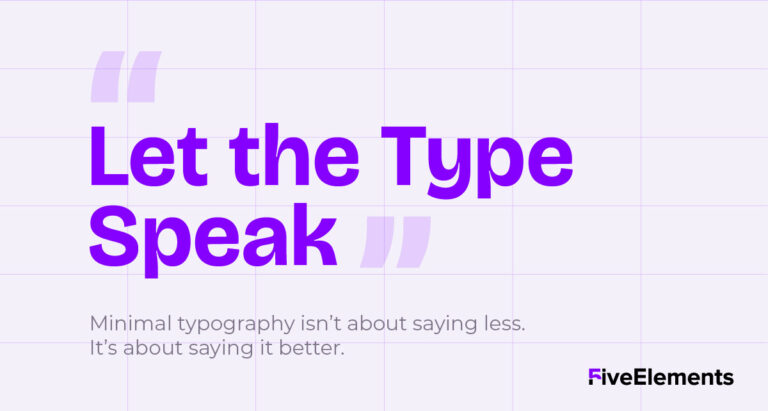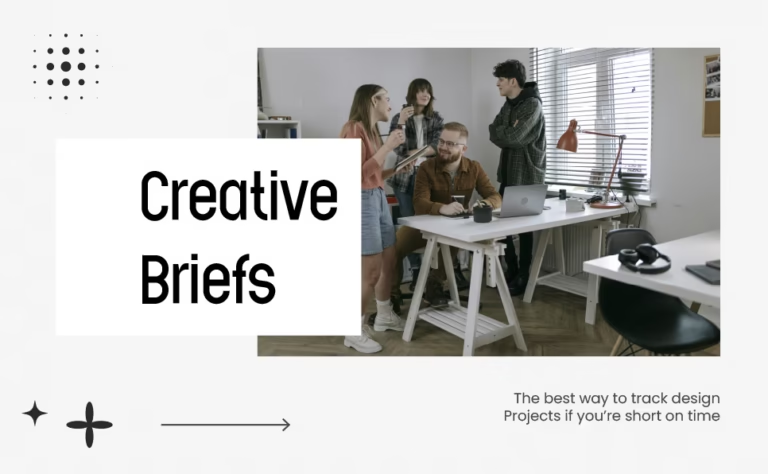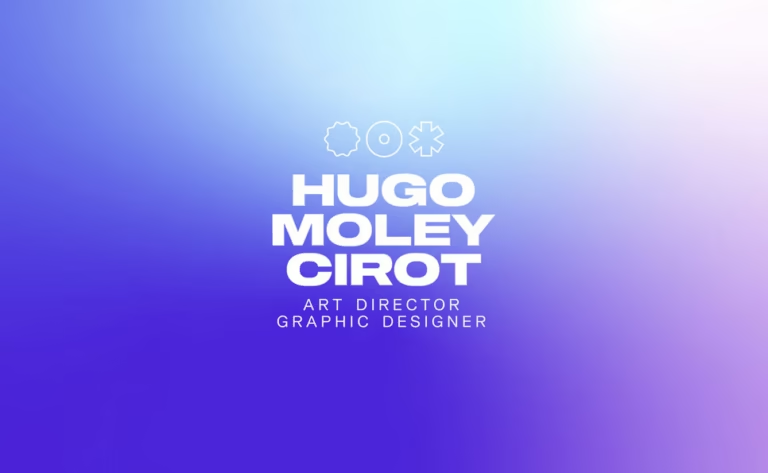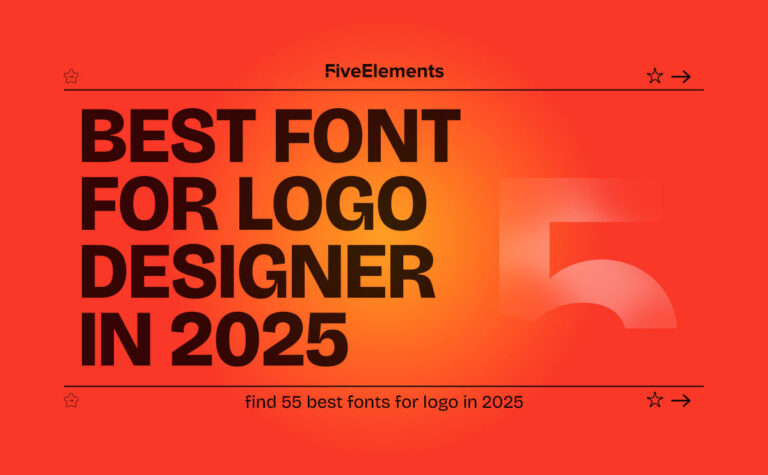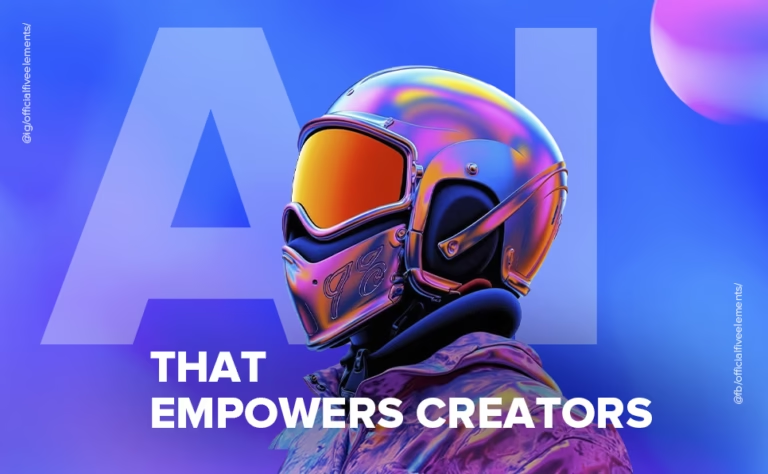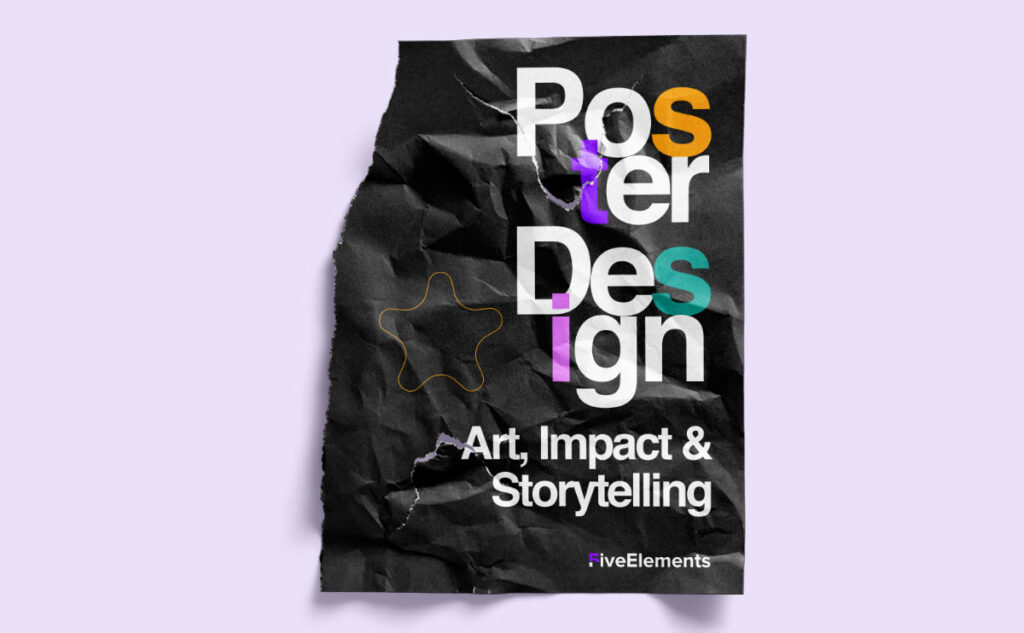
Poster design has been around for centuries, evolving from vintage movie announcements to bold modern campaigns. Even in the digital age, poster design remains one of the most powerful tools of visual communication, not just paper on a wall, but a story, a message, and sometimes, a movement.
Why Posters Still Matter
In a world ruled by pixels and screens, one might think posters have lost their charm. But step outside, look at a street corner, a café, or a college wall, and you’ll realize that posters are alive and thriving.
They work because they are unavoidable. You can skip an ad, scroll past a post, or block a pop-up, but when you walk by a poster, it’s right there in your line of sight.
That’s the beauty of poster design, it demands attention in the real world.
Brands understand this. Whether it’s Nike’s motivational campaigns, Coca-Cola’s festive posters, or Apple’s “Shot on iPhone” billboard series, each design transforms a blank space into a story, a reminder of who they are and what they stand for.
The Psychology Behind a Great Poster
A great poster doesn’t just rely on visuals, it uses psychology. The human eye is naturally drawn to balance, contrast, and emotion. A well-designed poster leverages all three.
- Color grabs attention — red for energy, blue for trust, yellow for joy.
- Typography sets the tone — bold fonts shout confidence, while elegant serifs whisper sophistication.
- Imagery connects emotionally — one strong visual often says more than ten lines of text.
When these elements align, the result is a poster that doesn’t just look good; it feels right. It tells the story of a brand, an event, or a cause in a single glance.
Print Posters vs. Digital Design
In an age of screens, you might wonder why print at all. The answer lies in presence.
Print posters live in the real world. They invite touch, texture, and scale, something digital designs can’t replicate. The smell of fresh ink, the roughness of matte paper, or the boldness of a large-format print on a city wall create a sensory connection.
Moreover, print posters often reach audiences who are not glued to their phones. For local businesses, colleges, events, or social campaigns, print posters still deliver real results.
When placed strategically on billboards, shop windows, or transit stations, they create physical awareness and reinforce digital campaigns.
Digital media may be fast, but print is lasting.
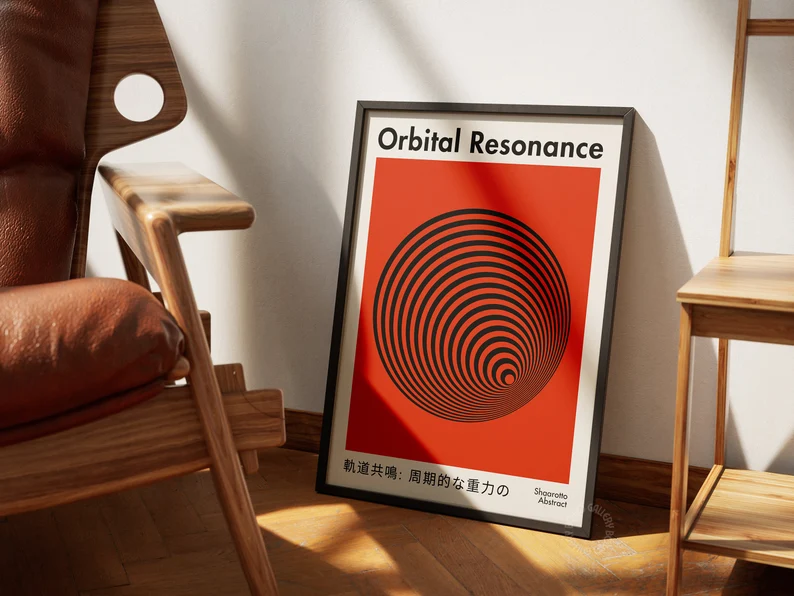
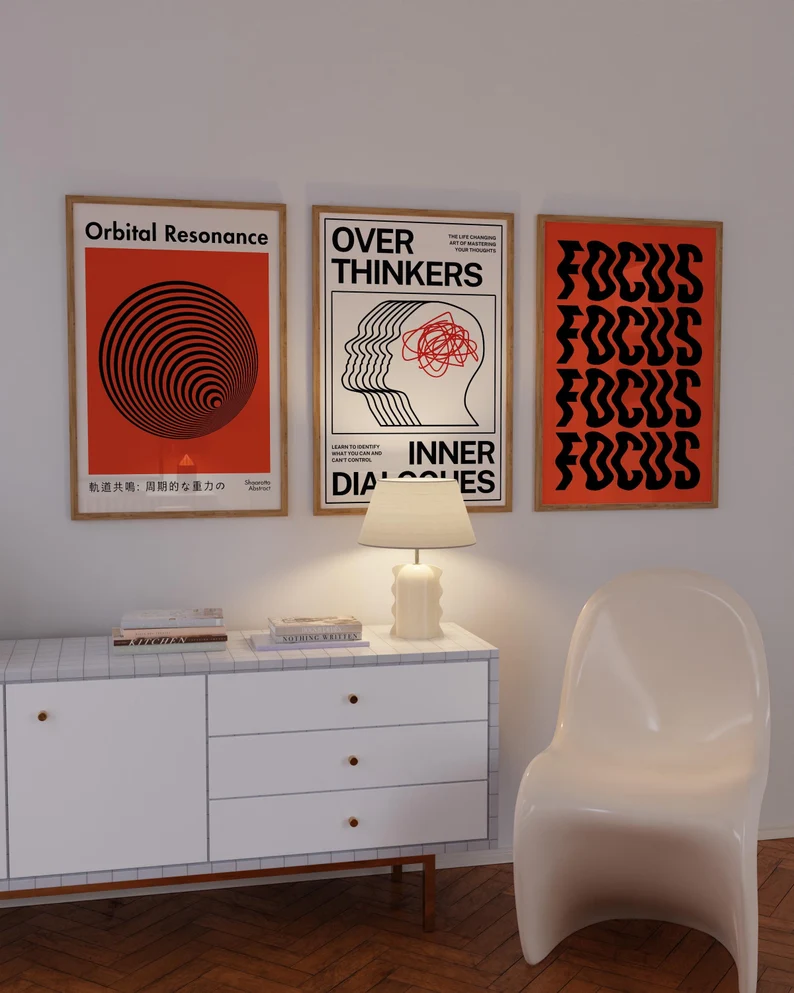
Image Courtesy: Designed by BohoPrintGallery

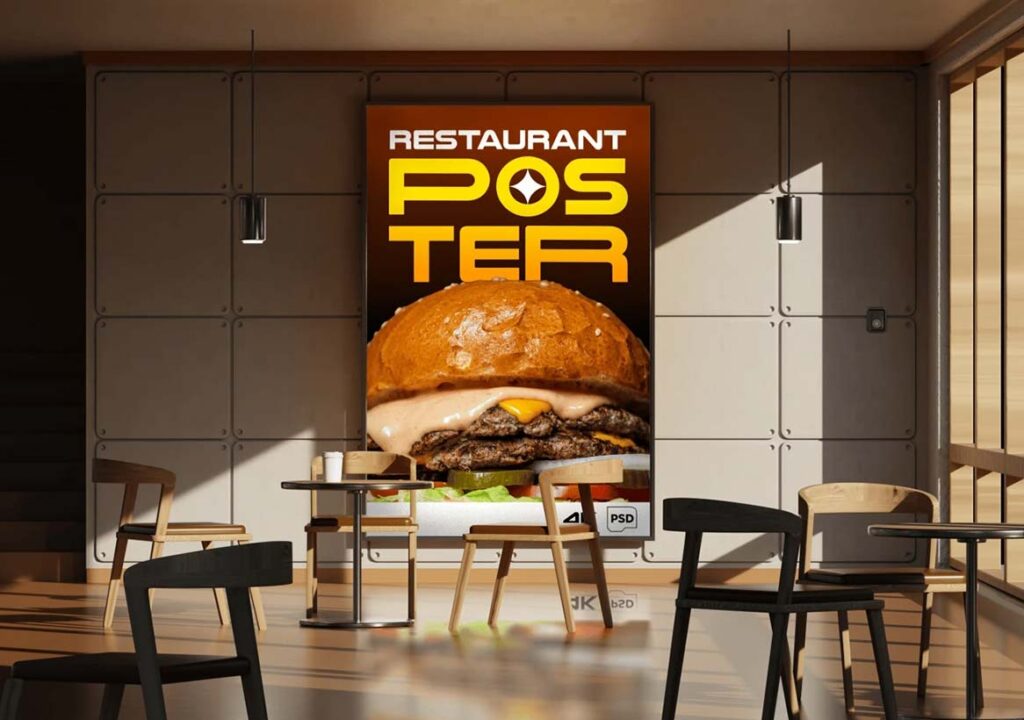
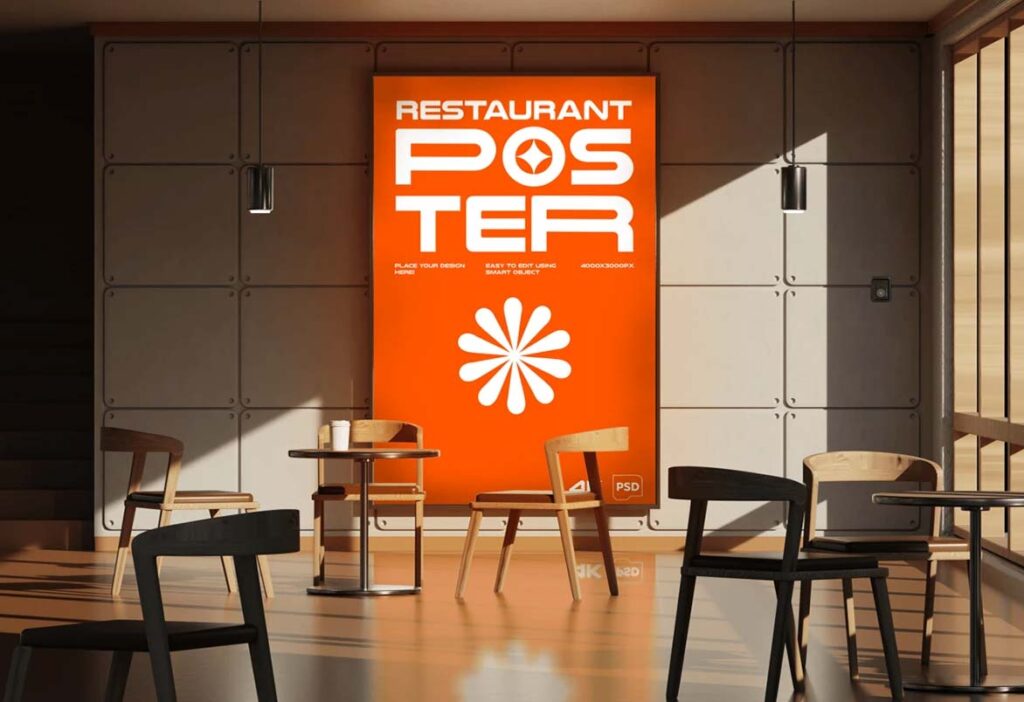
Image Courtesy: Felix Hartmann on Behance
Loved This?
Check Out These Related Reads
- Best Font for Logo Designer in 2025: 55 FREE & PREMIUM Fonts You Must Try
- 25 Bold Fonts to Make Your Designs Stand Out – Free & Premium
- Top 40 Free Typography Fonts Every Designer Should Know
- Best Blogs for YouTubers, Vloggers, Influencers & Content Creators in 2025
- The Psychology of Fonts: How Typography Shapes Brand Perception
Campaign Posters: The Heart of Street Branding
Think about the most iconic poster campaigns:
- Nike’s “Just Do It” — bold typography, minimal design, and powerful imagery that transcends sport.
- Apple’s “Think Different” — a simple black-and-white portrait series that celebrated creativity.
- Chloé’s hand-painted murals in Williamsburg — blending craft with high fashion, turning walls into works of art.
- H&M’s recruitment posters — clever copy paired with vibrant visuals that humanized the brand.
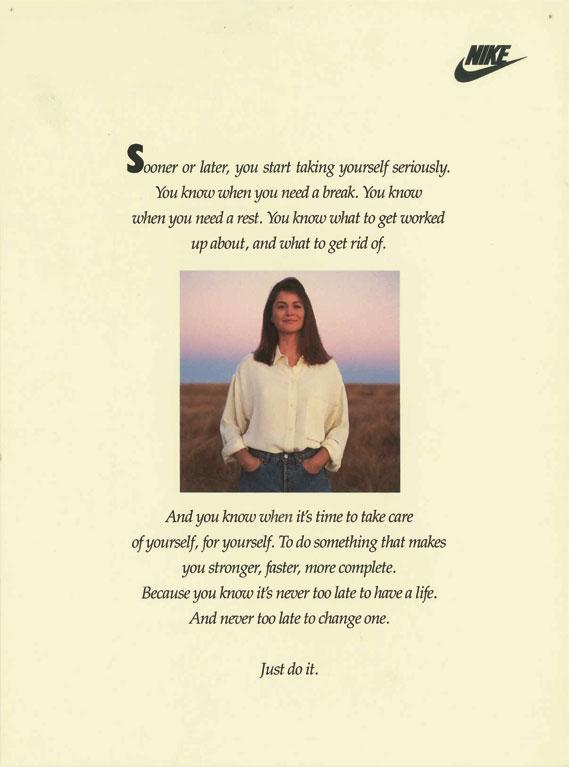

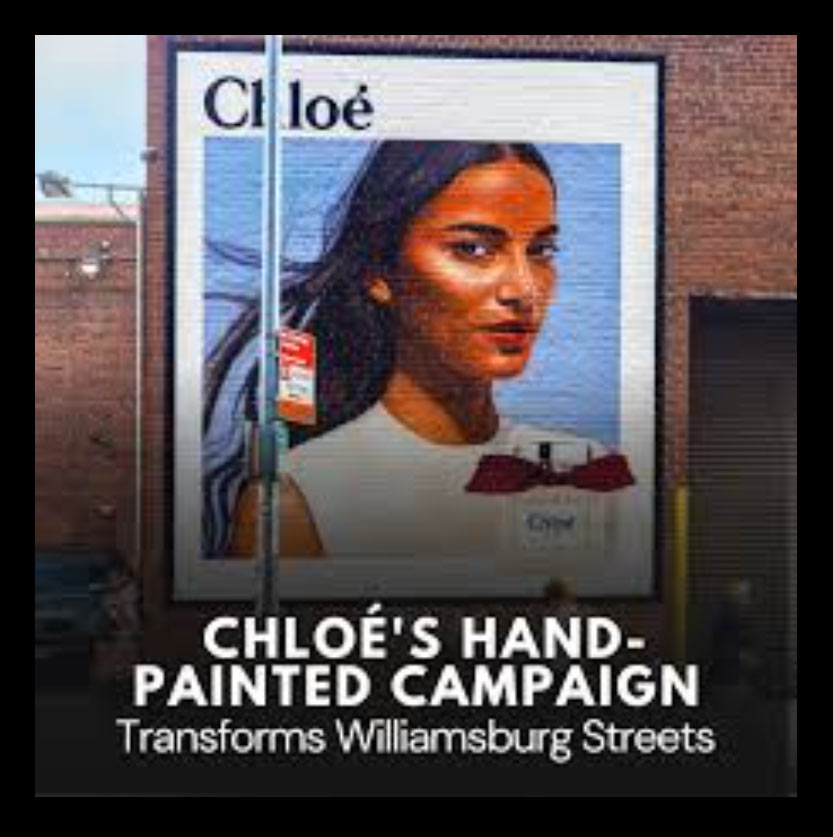
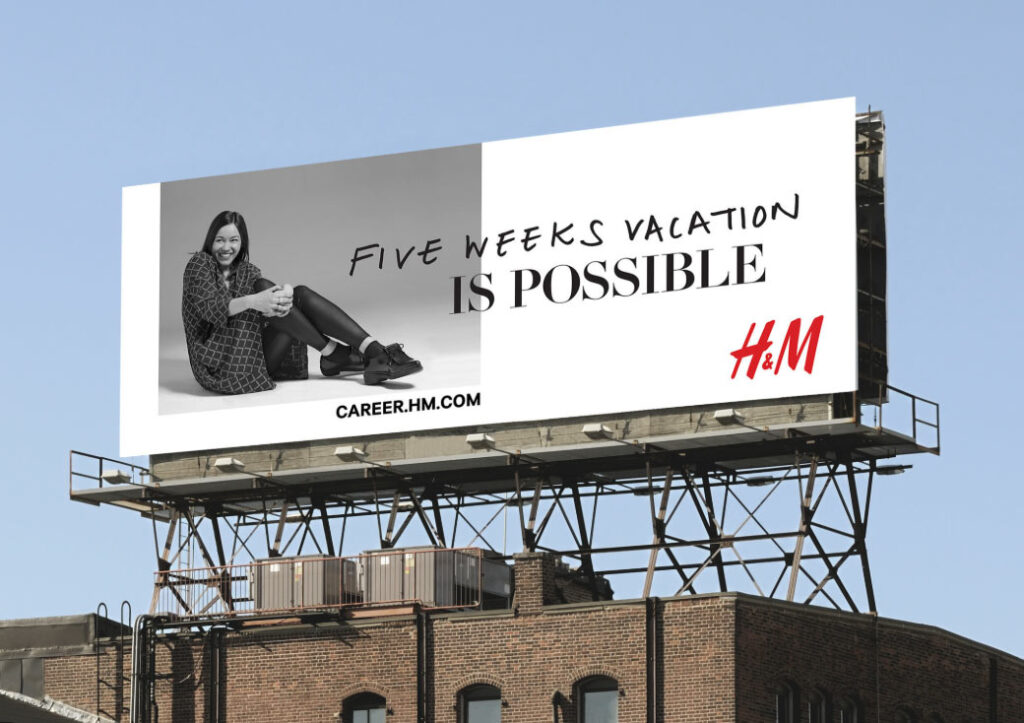
Each of these campaigns used posters not just as advertising tools but as cultural statements.
They didn’t just sell products; they built emotions, loyalty, and recognition.
The Benefits of Poster Advertising
Poster design offers several key benefits that make it irreplaceable in marketing and branding:
- High Visibility: Posters dominate spaces, from streets to shopping centres, ensuring large reach.
- Cost-Effective: Compared to TV or online ads, posters are relatively affordable for long-term exposure.
- Brand Recall: A strong poster can linger in memory long after it’s seen; thanks to visual impact.
- Creative Freedom: Designers can experiment with layout, typography, photography, and scale without heavy restrictions.
- Local Engagement: Perfect for events, launches, and regional campaigns; posters speak directly to local audiences.
Poster campaigns bridge the gap between traditional and modern branding, combining tactile experience with emotional storytelling.
Billboards: When Posters Grow Bigger
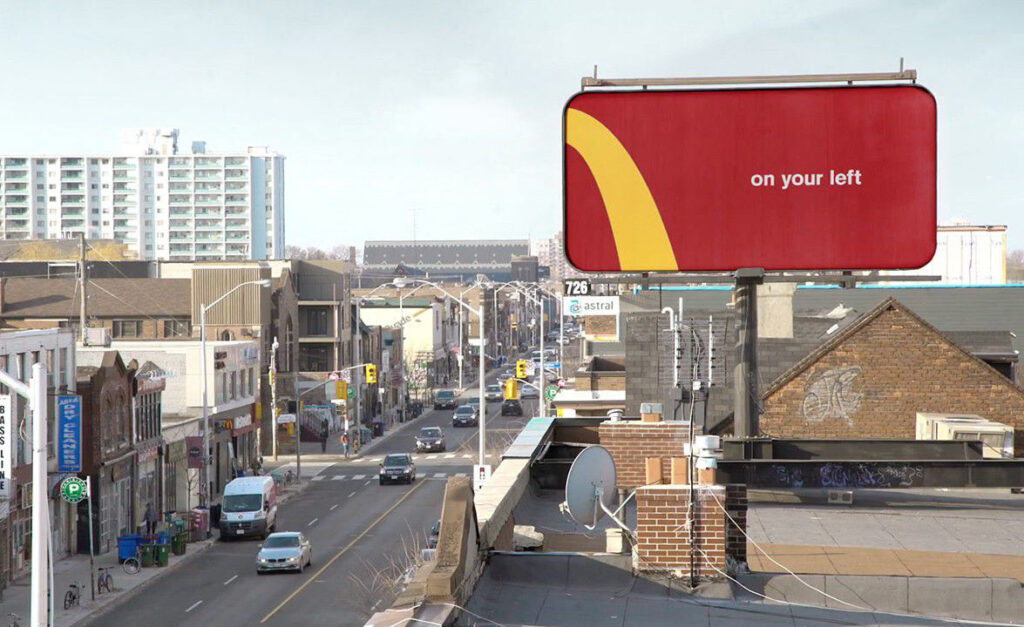
A billboard is essentially a poster that grew up. It’s bold, loud, and unmissable.
Billboards take the core principles of poster design, such as simplicity, clarity, and emotion, and amplify them on a massive scale.
When done right, a billboard can make a brand iconic.
Think of McDonald’s minimal billboard arches, Spotify’s data-driven campaigns, or Absolut’s bottle-shaped layouts, they’ve become part of cultural memory.
The challenge with billboards lies in one thing: time.
You have only a few seconds to grab attention. The best billboard designers know this; they keep the design simple, the message strong, and the visuals unforgettable.
Designing a Poster That Works
Creating a great poster requires both strategy and soul.
Here are a few guiding principles:
- Start with a story: Every poster should communicate one clear message.
- Use hierarchy: Guide the viewer’s eye; headline, image, call to action.
- Choose the right colors and fonts: Match emotion to message.
- Think location: Where your poster appears matters as much as how it looks.
- Test in print: Colors and contrast often appear different on paper than on screen.
Ultimately, a poster should do more than decorate a wall; it should start a conversation.
Conclusion: The Timeless Power of Posters
Poster design is storytelling made visible. It’s art with intention, placed right in the path of everyday life.
Even in our hyper-digital era, posters continue to connect brands and audiences in a deeply human way — through sight, space, and emotion.
Whether you’re a designer crafting a campaign or a brand aiming to make an impact, remember:
A good poster doesn’t just sell; it inspires, reminds, and stays in memory long after the paper fades.
Share

